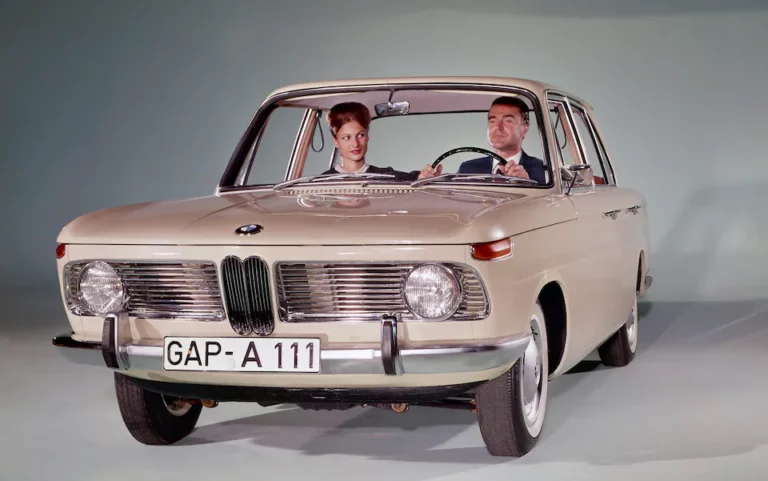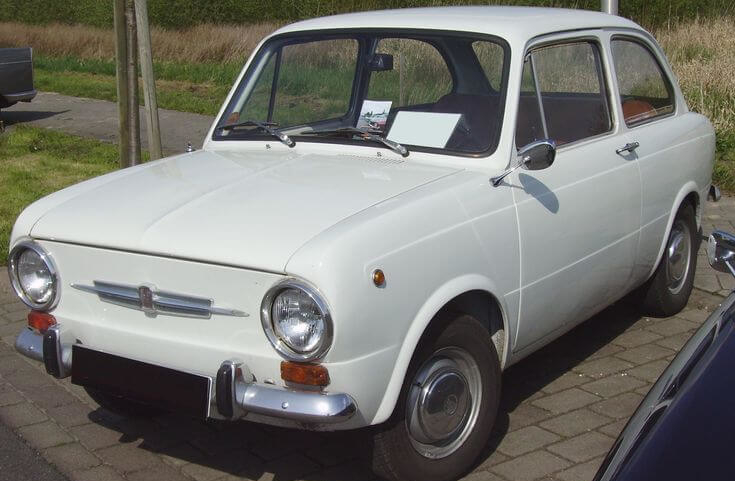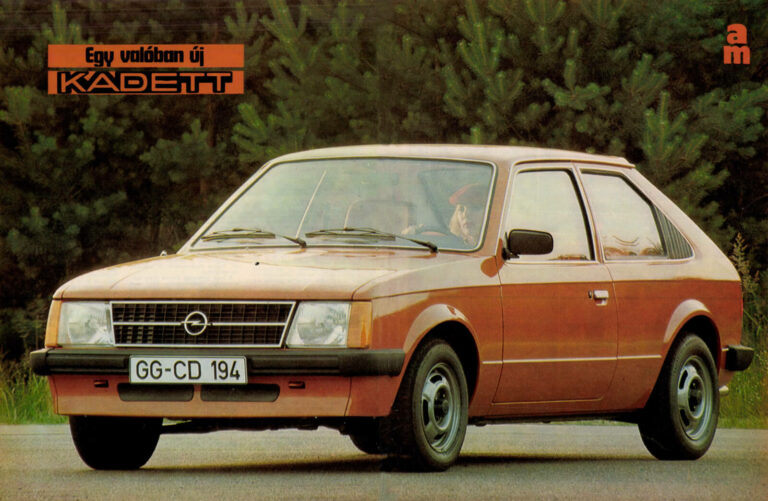1975 - Ford Capri II Ghia test 2.
In 1975, a giga-length and in-depth test was published in Auto-Motor of the second-generation Capri, which debuted in 1974. Tibor Almássy, the lucky journalist, had the opportunity to drive the car for almost 6,500 km for a month, and he shared his experiences with the reading public in two parts, in the 21 October and 6 November 1975 AM issues.
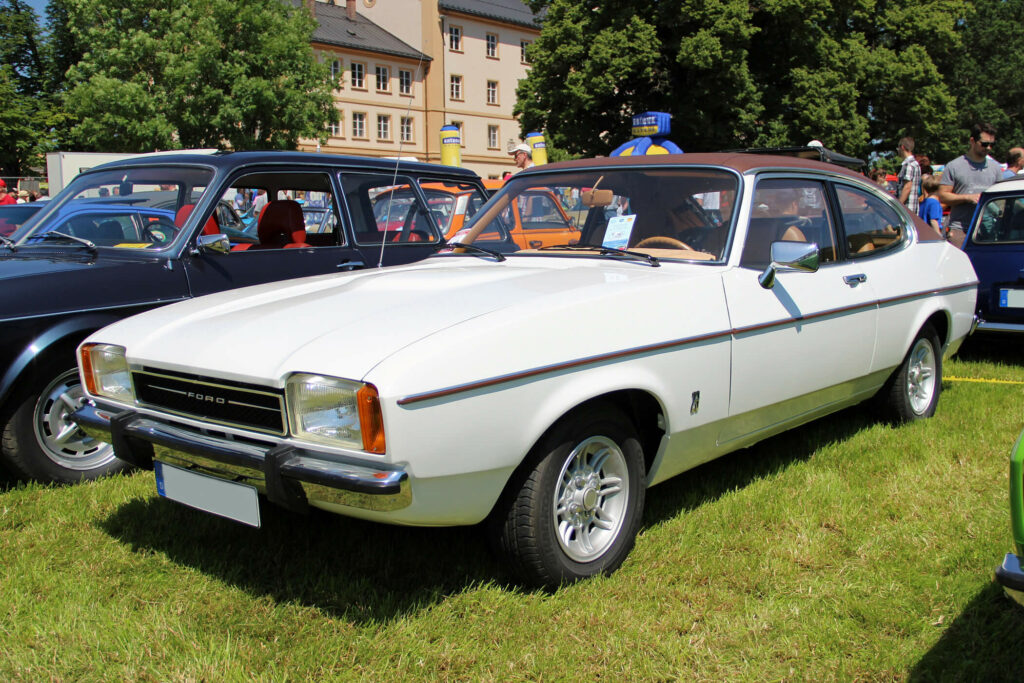
1974 Ford Capri II 2,3 Ghia - image source: commons.wikimedia.org
Although the Capri II was in many respects identical to the first generation model in terms of its technical construction, it had a larger body and half-wheels, and a more modern dashboard with a smaller steering wheel. The two-litre Ford Pinto engine was introduced in continental Europe in this version. In May 1976, due to falling sales, the factory discontinued production of the mid-spec 3.0 GT and replaced it with the more richly equipped 3.0 S and Ghia versions. By October 1976, production was limited to Saarlouis in Germany and a year later the Capri was withdrawn from the US market, with only 513,500 examples sold.
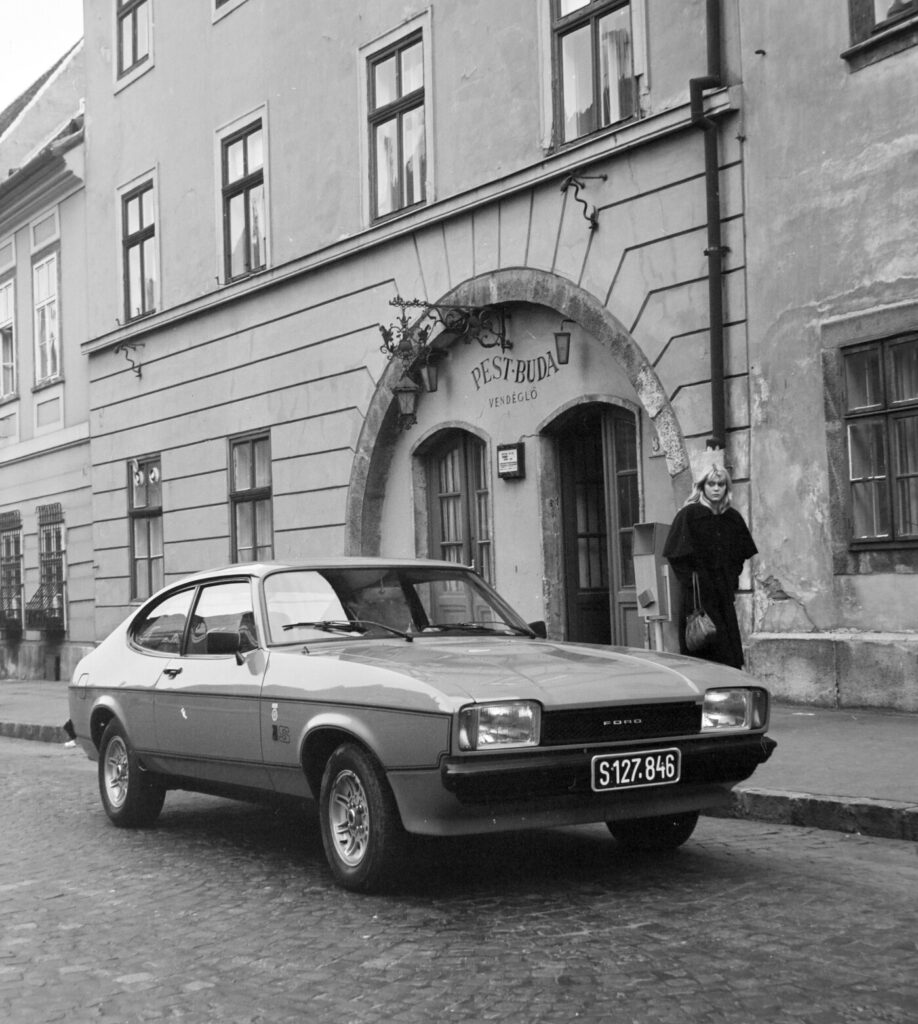
Hungary, 1976 Budapest I., Buda Castle, Fortuna utca 3., Pest-Buda restaurant. Marietta Méhes behind the Ford Capri. Image source: 195213 Fortepan / Sándor Bojár
Below is the second part of a 1975 article on the 2.3 litre, 108 horsepower Ghia-equipped Ford Capri:
♠
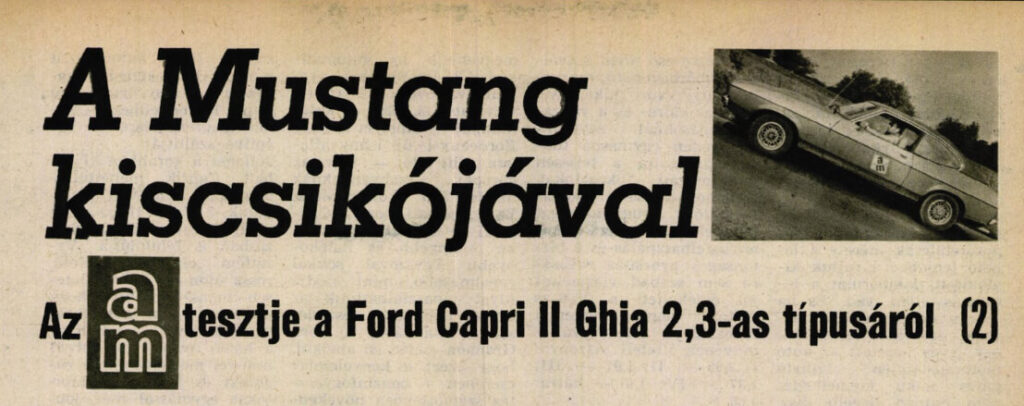
Someone asked me why there was a need to test the Ford Capri II - and the most elegant Ghia version at that - when it is not sold in our showrooms. And besides, he continued, the Capri can only have 20-30 of them on the roads...
For our readers, I think it is unnecessary to emphasise that the value and interest of our reports on such tests is not determined by whether the car is available in our country. It is about learning about new automotive technology, trying it out for ourselves and sharing our experiences. And that is what our readers now rightly expect from us. As for the assumption that we only have 20 or 30 copies of the Caprik, it is wrong. But even we were surprised to learn the real number. According to official information, at the time of writing, there are 224 Ford Caprik variants with Hungarian registration plates on our roads. Most of them are the 1300 (57 units) and 1500 (54 units). But all models and years are represented by one or two examples.
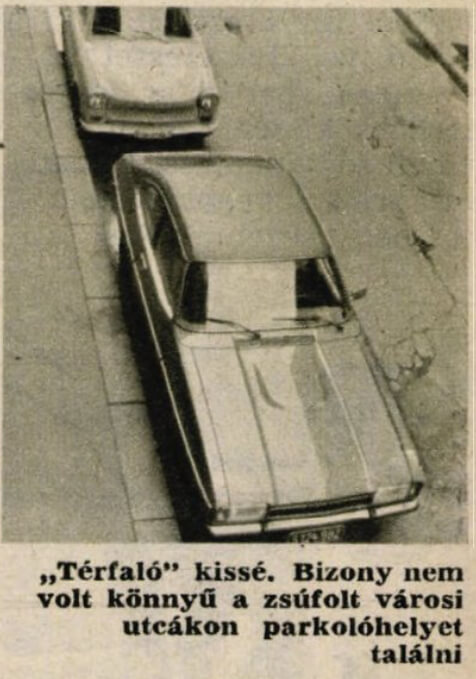
Even two of the 3000 models have Hungarian plates. So I had no reason to be surprised - during the test drives with the new Capri II with Salzburg registration plates, when the owners of the Capri IIs with Hungarian plates flashed their lights at me in a surprising and often friendly greeting...
As we pointed out in our previous reports on the earlier models, the first Caprices were an unqualified success, with well over a million sold worldwide since 1969. And we now know from experience that the Capri II has taken the tried and tested technology that has proved its worth a million times over and improved it, adding even more beauty and elegance to the exterior and interior.
Before we go on to describe our experience with the 2300, it is worth getting to know the immediate family.
There are four basic models of the Capri II: the "L", "XL", "GT" and the Ghia "blue-blood" super version. After the Mustang II 'Ghia' and the Granada 'Ghia', the Capri II 'Ghia' is the third Ford model to incorporate the hand and spirit of Ford's famous Turin design workshop.
The Capri II is available with three four-cylinder engines (1300 cc: 55 hp - 1600 cc: 72 and 88 hp) and two V6 engines (2300 cc: 108 hp and 3000 cc: 138 hp). The basic engine displacement of the "L" and "XL" models is 1300 cc. This is identical to the engine installed in the Escort. However, for those who prefer more dynamic manoeuvring, the more power they want is provided by the 1.6-litre, 72 bhp, four-cylinder OHC engine. Under the bonnet of the sporty GT version is the tried-and-tested 1,600cc, 88bhp engine. The Ghia model we tested is, however, exclusively equipped with six-cylinder engines. The 2,300 cc engine is fitted as standard, and the 3,000 cc engine is available on request.
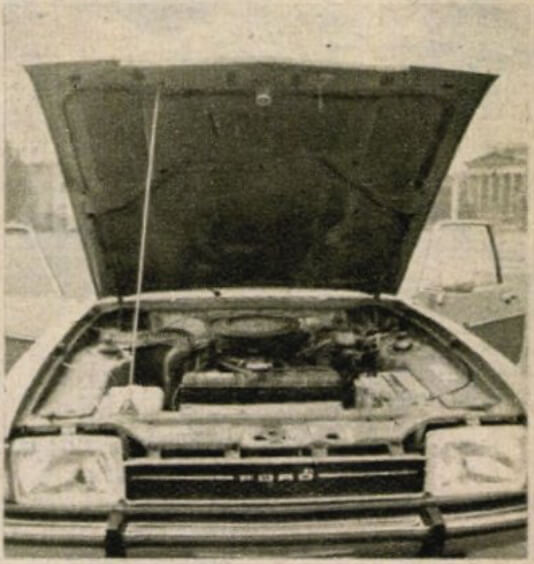
Image caption: Security is built right into the Capri II. This is evidenced by the fact that the cabinet profile reinforcements around the roof and along the door edges protect the passenger compartment like a cage, while at the same time providing favourable body rigidity. The steel plates, which are also well protected against corrosion, are complemented by noise and vibration damping 'liners' everywhere, so that the passenger compartment is so quiet that the only indication that the engine is running is the vibration of the rev counter. However, safety and quiet operation come at a price: just lifting the bonnet is a physical effort for a thin-skinned adult. Of course, as long as the owner keeps to the prescribed service and technical check-ups every 10,000 kilometres, there should be no need to wade through the engine compartment.
Our road test with this car took place in the summer, so we can only compare the behaviour of the Capri predecessors, which have been tested in winter, with the behaviour of the Capri predecessors in winter. Not bad at all. The rain-flow Solex twin carburettor, coupled to the automatic starter, always fed the engine on first ignition, "without tarak". The single-disc dry clutch also allowed for breathtakingly fine manoeuvres.
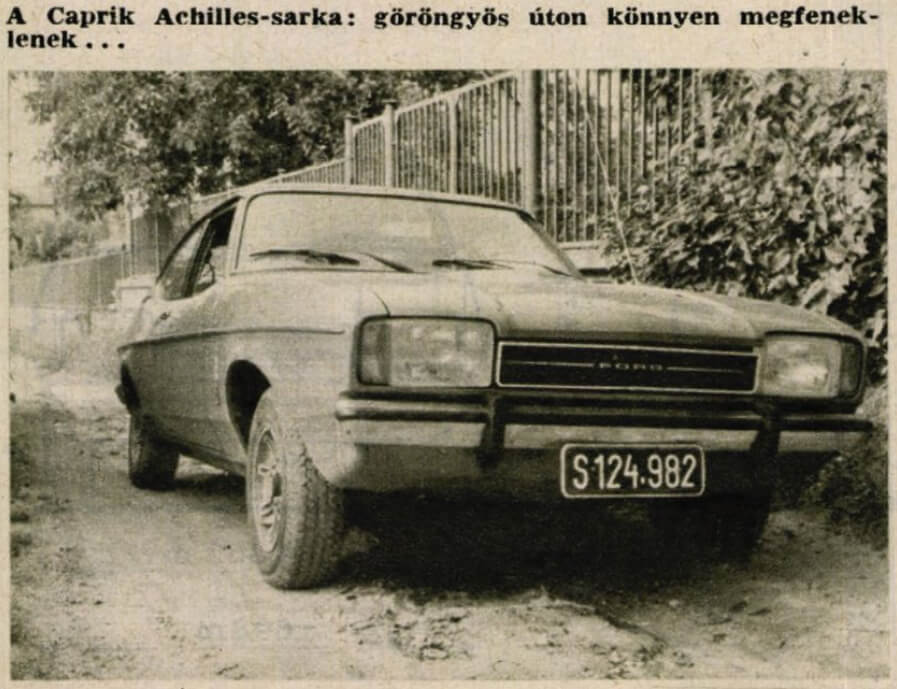
The distance between the pedals and the size of their treads are the best possible: the camber on the pedals protects against slipping. And while we're on the subject of the camber, I'd like to dispel a misconception: the shield-shaped protrusion on the bonnet is not just an ornament in itself, but a way of creating a space in harmony with the exterior lines for the giant paper star-shaped air filter, which protrudes slightly more from the engine compartment.
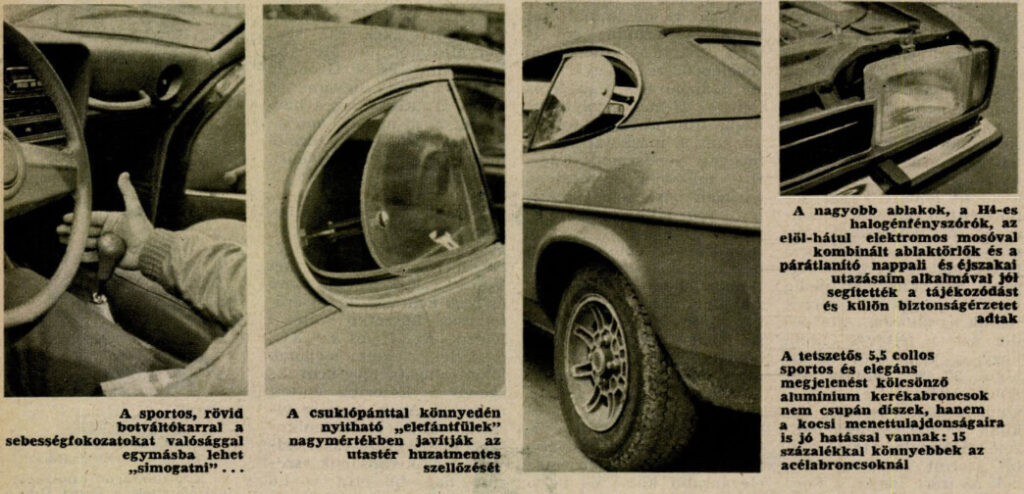
The leather-coated grip of the short stick shift lever, which is really handy for the deep driver's seat, is designed to allow you to easily stroke the fully synchronised gears into each other for both forward and reverse gears. The flexibility of the engine and torque converter (which should not be abused at the expense of fuel economy and safe acceleration) is illustrated by the gear ratios of the 2300's four forward gearboxes: 1: 3.65 - II: 1.97 - III:1.37 - IV: 1.0 - reverse: 3.66.
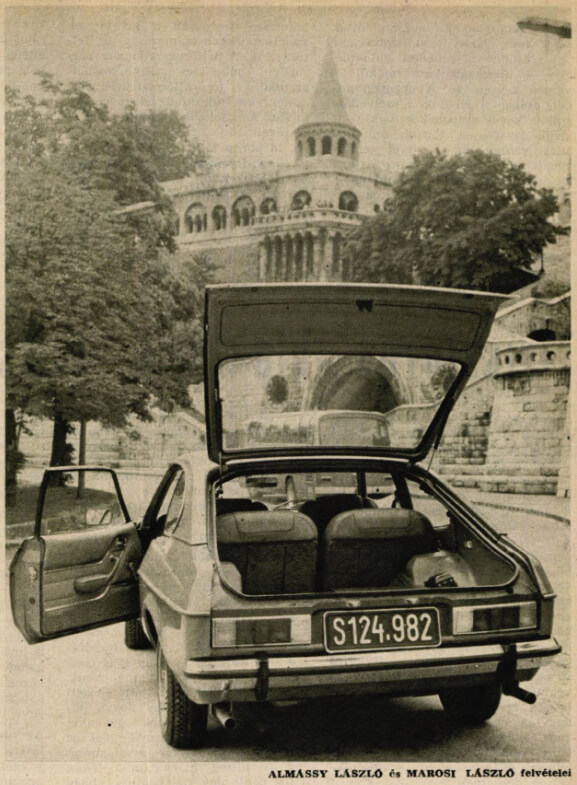
Photo caption: The large glass area of that particular third (rear) door window, which makes it easier to see out, almost gave me a nasty joke once. When I first opened it, the boot, with its vast space, beckoned heavy and bulky suitcases almost innumerable. I packed everything in, thinking it would all fit. Then, just as I was about to slam the lid down, I was lucky to be able to stop the momentum at the last moment: the corners of the suitcases, sticking out of the plane, would have crushed the glass in no time.
For those who don't like sporty torque shifting, i.e. don't want to deal with a fully synchronised gearbox in the traditional way, you can buy the version with the automatic C3 type-marked torque converter on request - and for extra money, of course. This automatic, produced by Ford's new Bordeaux subsidiary, has already been designed to European standards. This means that the automatic in the Capri II is lighter and more efficient. In other words, it is more flexible than its predecessor (as was the case with the Ford Granada during one of our recent tests), without a significant increase in fuel consumption in exchange for this comfort. However, this C3 automatic also offers a special advantage for touring motorists: it comes with an oil cooler as standard and is therefore particularly well suited to towing caravans. This automatic is supplied as standard on all Capri II models with a cylinder capacity of more than 1600 cc, on special order.
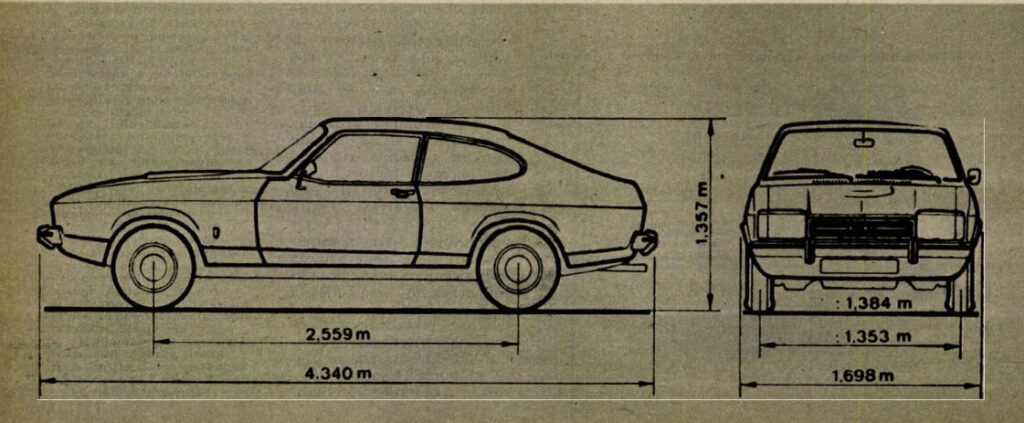
Although we had no complaints about the handling of the Caprik, the Capri II is a step up from its predecessors in this respect. I drove it on slippery, bad roads and found that its road holding and cornering stability had been improved by increasing the rear track by 57mm and by further tuning the suspension and shock absorbers. However, during the 6.5,000 kilometres of domestic road tests, I was bothered by the fact that the bottom of the car "floated" too close to the road surface. Even a boulder or a bump, especially at full load, was enough to make a loud rattle underneath, indicating that it would be a good idea to slow down or even get off the wrong road. No doubt, the Capri II was intended only for driving on well-constructed, smooth surfaces.
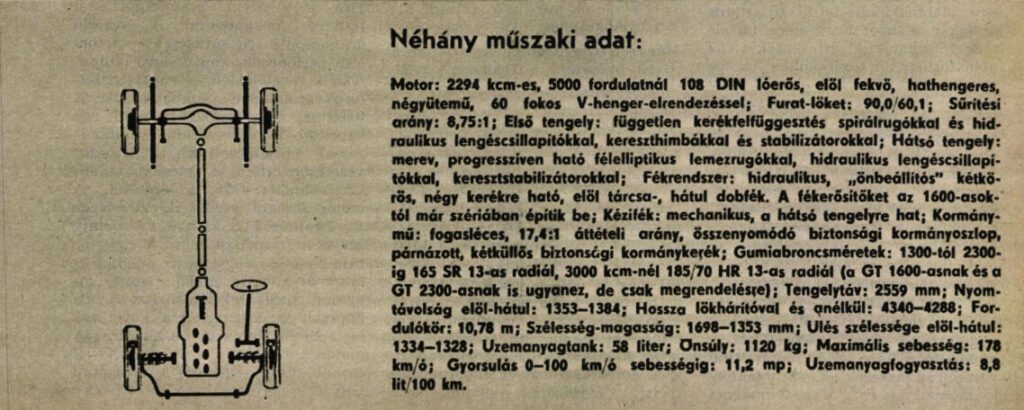
It's also true that I could easily reach a top speed of 178 km/h with the 2.3 (2294 - kem to be exact), 108 DIN hp engine at 5000 rpm. Even at 160 mph, the car accelerated noticeably to a harder throttle push, indicating that the engine still had about 20 km/h of power left. However, under today's speed limits, it is not the maximum speed that is achievable with this car, but the dynamics that come to life in the blink of an eye when overtaking or in special situations, and the excellent brake efficiency that are the most valuable assets and safety reserves.
Tibor Almássy – Photos by László Almássy and László Marosi
